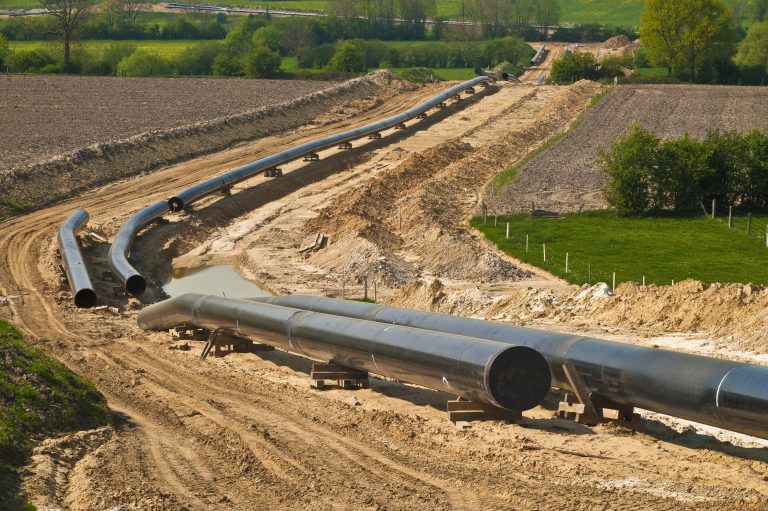DAPL Shutdown Would Have Significant Economic Impact
North Dakotans, eleven state attorneys general, federal regulators, and industry groups have all made the argument: a shutdown of the Dakota Access Pipeline would have significant, negative ramifications that extend far beyond the oil and gas industry.
Now, new research from an ICF analysis commissioned by the American Petroleum Institute (API) builds on these critical arguments and highlights the devastating economic impact that would follow a DAPL shutdown, including:
- Oil production – In a shutdown scenario, about 115 million barrels of crude oil would not be produced, with corresponding output losses of associated natural gas and natural gas liquids.
- Jobs and drilling activity – Average loss of 3,000 direct upstream jobs in an initial shutdown period, resulting from depressed drilling activity and other industry investments. Job losses increase to 4,900 when indirect jobs in other sectors related to oil and natural gas production – steel workers who make drilling pipe, workers who mine fracking sand and others – are included and 7,400 when counting direct jobs, indirect jobs and induced jobs supported by the spending of direct and indirect workers in the economy, such as restaurants, grocery stores and others.
- Tax revenues – Loss of $852 million in state production taxes to North Dakota and Montana, plus $69 million in income taxes paid by oil and natural gas companies to the two states. That’s a total of $912 million over the analysis period.
These numbers come as no surprise, however. It is well-known the Dakota Access Pipeline is a vital component of our nation’s energy infrastructure network, having safely and efficiently transported up to 570,000 barrels of crude oil per day from North Dakota’s Bakken region to Patoka, IL before being shipped to consumer markets. As ICF’s analysis explained:
Prior to the startup of DAPL in mid-2017, the Bakken Shale region experienced pipeline takeaway capacity constraints as the region’s production growth outpaced investment in new pipeline infrastructure. As a result of these constraints, a large share of Bakken production—as much as 60%–was forced to move on higher-cost rail transportation routes. The higher costs of rail transportation caused wellhead prices in the Bakken region to fall to steep discounts to U.S. and international benchmarks, tempering revenue growth and incentives for new drilling for Bakken producers.
The startup of DAPL in 2017 was a major boost to Bakken producers, providing an efficient and low-cost transportation route to major refining centers in the Midwest and Gulf Coast regions. With DAPL in place, Bakken-Williston production grew rapidly, rising from about 1.07 million b/d in the first quarter of 2017 to 1.51 million b/d by first quarter of 2020.
In the midst of a global pandemic, now is not the time to jeopardize American energy capabilities. Rather, policymakers and regulators must ensure regulatory certitude for developers who successfully complete the permit process and safely operate critical infrastructure. Pipelines like DAPL are the safest, most efficient, and most environmentally-sustainable method of delivering the oil and gas that American consumers rely on.


